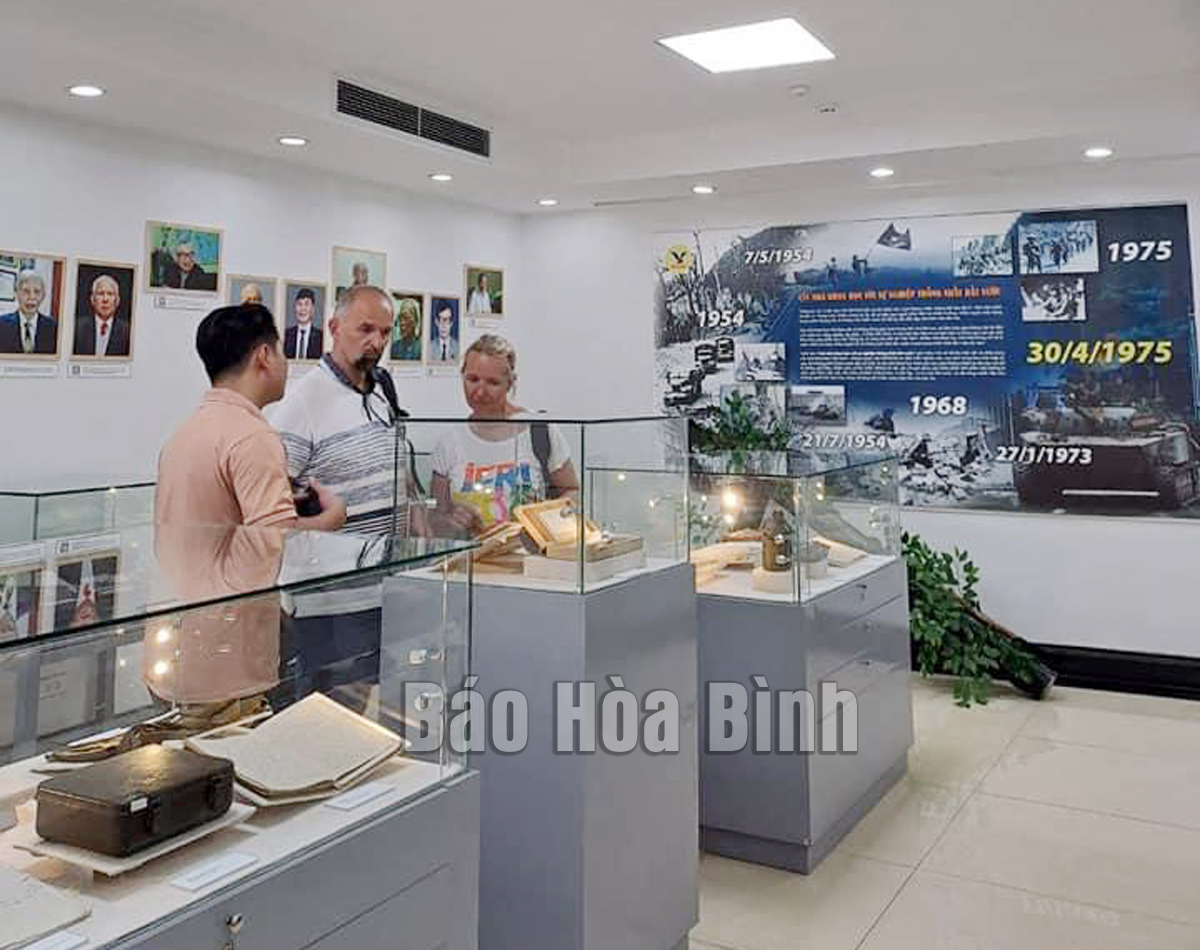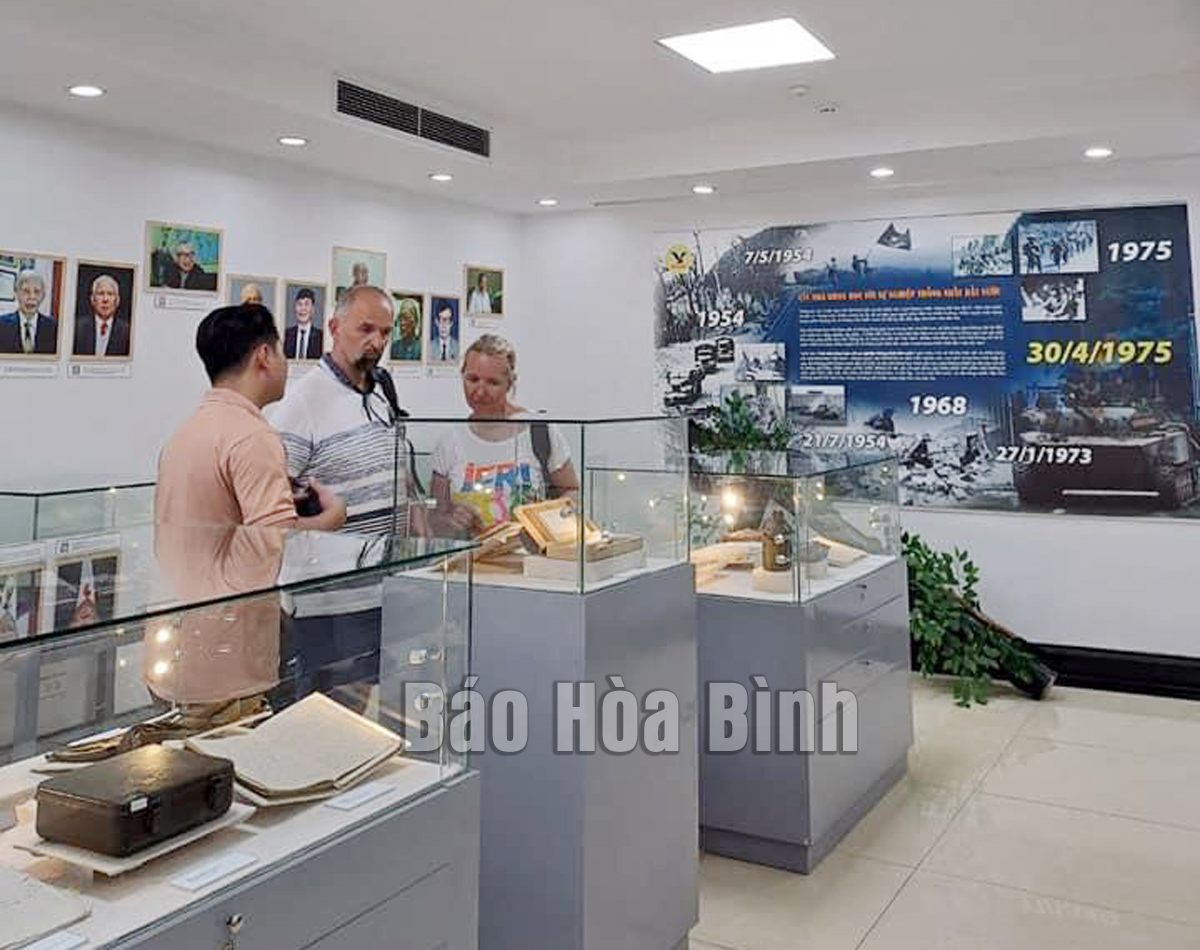
(HBO) – Cao Phong district in Hoa Binh province has effectively rolled out mechanisms and policies in support of tourism investors over the past years.
Foreigners visit the Vietnam Scientists Heritage Park
in Cao Phong district.
The district aims to promote tourism in tandem
with cultural and natural heritage preservation. To this end, it has stepped up
resources attraction, and supported tourism investors, especially in terms of
administrative procedures, site clearance and land lease.
At the same time, the locality has strived to
lure investment projects in order to offer medium- and large-scale,
high-quality products, and mobilise resources for infrastructure construction,
especially transport infrastructure, telecoms infrastructure, waste treatment
facilities and public toilets.
The planning and building of tourism projects
have been carried out in a timely and suitable manner to optimise local tourism
potential and advantages. Meanwhile, the communications work has been
intensified to promote local tourism and lure more investments to the sector.
Cao Phong has attracted nine tourism projects so
far, with two operational - the more than 30-ha Vietnam Scientists Heritage
Park in Tieng hamlet, Bac Phong commune with a total investment capital of 1
trillion VND (42.63 million USD), and a cultural and spiritual tourism site
worth some 143 billion VND in Cao Phong town. A number of others have also been
licensed.
To make tourism develop on par with its
potential, the district has further pushed ahead with administrative reform,
and facilitated the operation of investors, thus turning itself into an
attractive destination to holiday-makers both in and outside the locality./.
Located just a 20-minute drive from Hoa Binh City, Ora Hill Farmstay & Glamping Hoa Binh is a captivating new destination nestled in Mo hamlet, Bình Thanh commune, Cao Phong district. Combining farming with leisure, this tranquil retreat is perfect for those seeking balance, joy, and an immersive experience in the expansive beauty of nature.
Muong Bi - Tan Lac is renowned as one of the four famous Muong regions in Hoa Binh province. Blessed by nature with a favourable climate and stunning landscapes, Tan Lac holds great advantages for tourism development. The local tourism industry has made remarkable strides in recent times thanks to the attention and support from the local authorities and sectors.
With its strategic location, well-developed transport network, and diverse soil and climatic conditions, Hoa Binh is emerging as a must-visit destination in Vietnam's northwestern tourism corridor. The province boasts numerous attractions, including the Kim Boi hot springs (Kim Boi district), the Dau Rong cave complex (Cao Phong), the Mai Chau valley (Mai Chau), and the iconic Hoa Binh hydropower plant.
The northern mountainous province of Hoa Binh has been listed among the 71 most beautiful places to visit worldwide by the prestigious US travel magazine Condé Nast Traveller.
Hoa Binh province’s rich natural and cultural resources position it as a prime location for developing community-based tourism (CBT). In recent years, support from central and provincial policies, as well as assistance from non-governmental organisations, have encouraged local ethnic minority and mountainous communities to actively engage in the sector.



